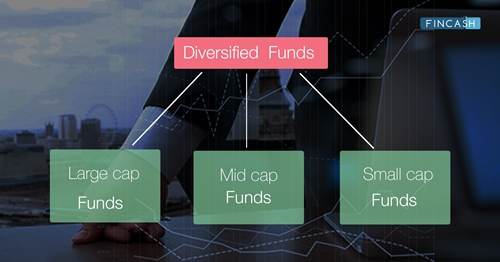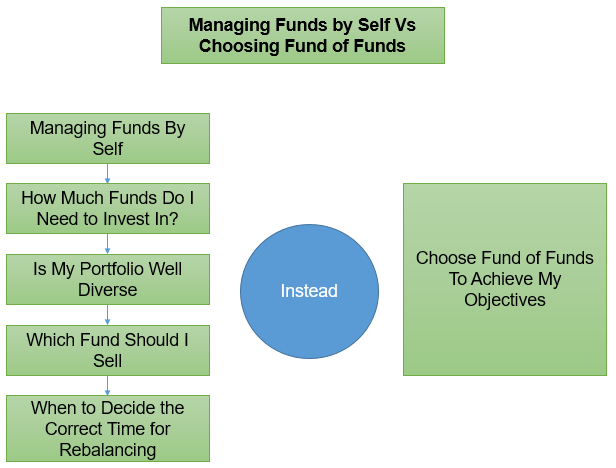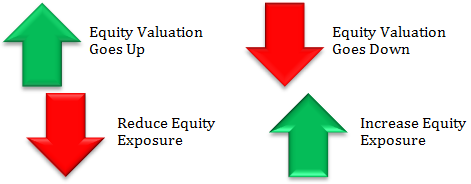
Table of Contents
Feeder Fund
What is a Feeder Fund?
A feeder fund is a sub-fund or one of many smaller investments that pool money from investors under an umbrella fund known as the master fund. This structure of the feeder fund and the master fund is commonly known as hedge fund.

This process allows reduction of operation and trading costs. Hedge funds use master-feeder structures where fees are generated and distributed to feeder funds.
Under this arrangement, all performance and management fees are paid by investors at the feeder fund level. The number of feeder funds creates a large pool of investment Capital, which enables the master fund to effectively achieve the Economies of Scale. This also helps operations to become less expensive than it would be if feeder funds Investing was done independently.
Such a combination is extremely advantageous where feeder funds share common investment goals and strategies. However, if the feeder fund has a unique investment strategy or aim, the unique characteristics would be lost with other funds within a master fund.
Talk to our investment specialist
Rules on International Feeder Funds
The Securities and Exchange Commission (SEC) allowed foreign-regulated companies (foreign feeder funds) to invest in open-end aster funds. This allowed global managers to Market their investment products across various foreign jurisdictions employing a master fund. The new rules were made in March 2017.
This was a modification of the 1940 Act. The new rules modified parts 12(d)(1)(A) and (B) which previously limited the use of foreign feeder funds into the U.S.- registered funds. This was done for several reasons like the commission wanted the prevention of master funds exerting too much influence over an acquired fund. It also aimed to protect investors in the funds from layered fees and the possibility of fund structures from becoming too complicated to understand.
All efforts have been made to ensure the information provided here is accurate. However, no guarantees are made regarding correctness of data. Please verify with scheme information document before making any investment.











